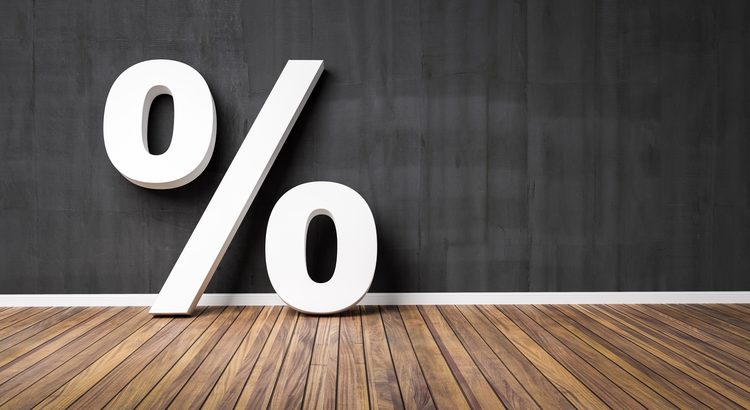
The Truth About Negative Home Equity Headlines
Home equity has been a hot topic in San Antonio real estate news lately. And if you’ve been following along, you may have heard there’s a growing number of homeowners with negative equity. But don’t let those headlines scare you. In truth, the headlines don’t give you all the information you really

What Experts Are Saying About the 2023 Housing Market
If you’re thinking about buying or selling a home soon, you probably want to know what you can expect from the housing market this year. In 2022, the market underwent a major shift as economic uncertainty and higher mortgage rates reduced buyer demand, slowed the pace of home sales, and moderated ho

What Would a Recession Mean for the Housing Market?
According to a recent survey from the Wall Street Journal, the percentage of economists who believe we’ll see a recession in the next 12 months is growing. When surveyed in July 2021, only 12% of economists consulted thought there’d be a recession by now. But this July, when polled, 49% believe we w
Recent Posts
![Achieve Your Dream of Homeownership with Condos and Townhomes [INFOGRAPHIC]](https://img.chime.me/image/fs/chimeblog/20240217/16/original_dfa7c035-5dfc-431f-9632-0a1387532bd1.png)




![Winning Plays for Buying a Home in Today’s Market [INFOGRAPHIC]](https://img.chime.me/image/fs/chimeblog/20240210/16/original_949ffbaa-7b98-4ded-bdcb-710d8e954a85.png)





